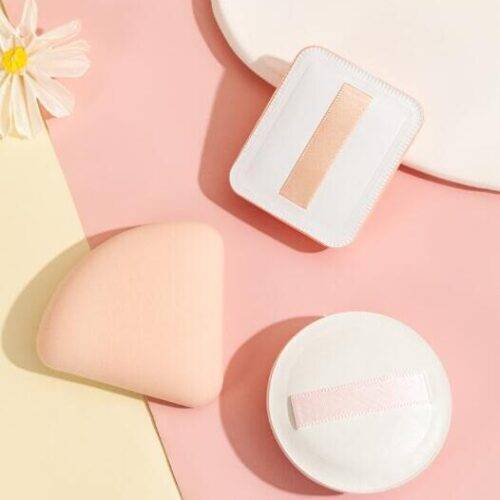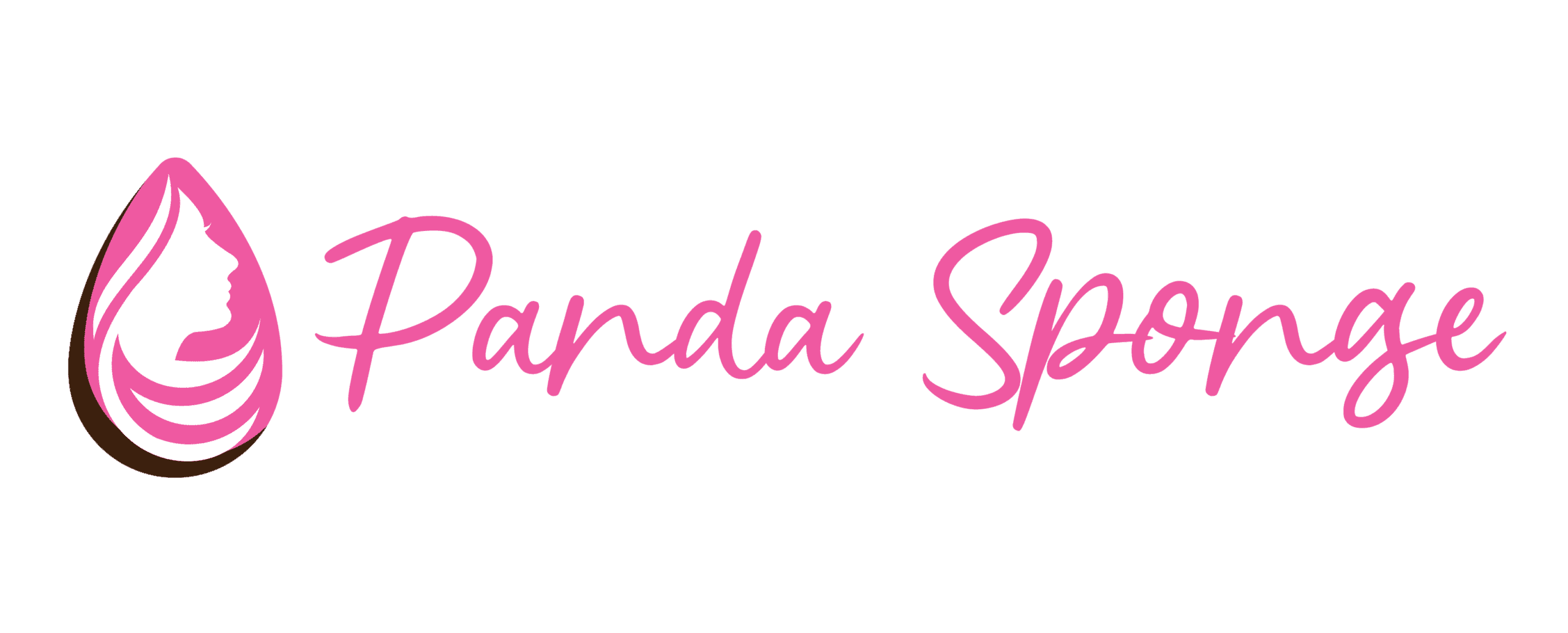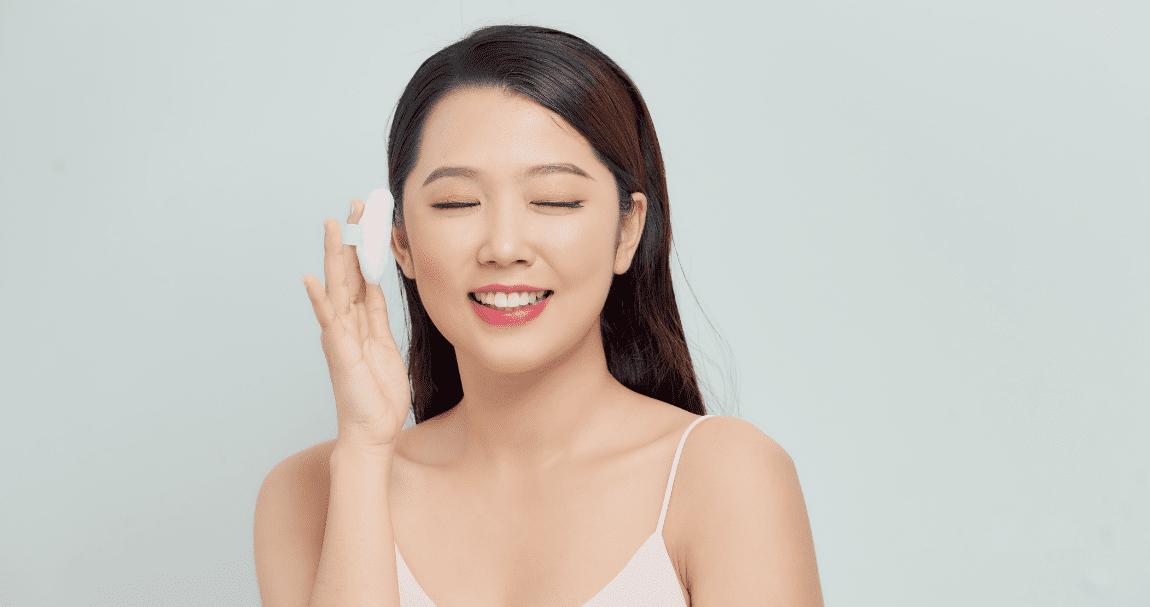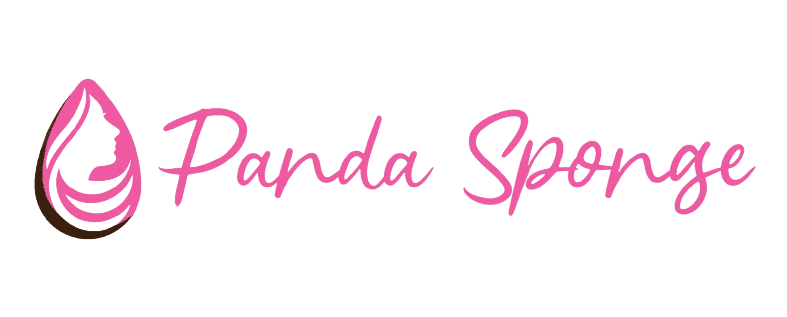In cosmetics and skincare, makeup puffs have become indispensable for achieving flawless and professional-looking makeup applications. These soft, cushiony pads are designed to help distribute and blend various makeup products onto the skin, providing a smooth and even finish. But as we delve into sustainability and eco-consciousness, the question arises: can you reuse makeup puffs, and what are they made of?
What are Makeup Puffs
Before diving into the reuse aspect, let’s understand the role makeup puffs play in beauty. Makeup puffs, also known as makeup sponges or beauty blenders, are small, versatile tools that have gained immense popularity among makeup enthusiasts and professionals alike. They are designed to apply various cosmetic products, including foundation, concealer, blush, and even setting powder.
The unique design of makeup puffs allows for seamless and effortless blending of makeup onto the skin. Their soft texture and porous structure enable them to absorb excess product while evenly distributing what’s needed for a natural-looking finish. With different shapes and sizes available, makeup puffs cater to different areas of the face, such as the under-eye region, the contours of the nose, and larger areas like the cheeks and forehead.
Types of Makeup Puffs
There are several types of makeup puffs available on the market, each with its unique characteristics:
- Traditional Makeup Puffs: These are the classic wedge-shaped sponges that have been around for decades. They are often disposable and made from synthetic materials.
- Beauty Blenders: Makeup enthusiasts have embraced teardrop-shaped sponges for their remarkable ability to produce a flawless and airbrushed finish. They are designed for wet use and should be dampened before applying makeup.
- Silicone Makeup Puffs: These are typically transparent, flat, and made from silicone. They don’t absorb any product, making them easy to clean. However, their application technique is slightly different from traditional sponges.
- Cushion Puffs: These are often used for applying cushion foundation, a liquid foundation soaked into a sponge. The cushion puff helps pick up and evenly distribute the foundation for lightweight coverage.
Can Makeup Puffs Be Reused?
The answer to whether makeup puffs can be reused is a complex yes or no. It largely depends on the type of makeup puff, the material it’s made from, and how well you maintain and clean it.
Traditional Makeup Puffs: These disposable puffs are usually intended for single use. Reusing them might lead to uneven application due to the accumulation of products, oils, and dead skin cells. Moreover, their synthetic material might not hold up well after multiple washes, potentially leading to breakage and deterioration.
Beauty Blenders: These sponges can be reused but require diligent care. After each use, washing them with a gentle or unique makeup sponge cleanser is recommended. To dry them properly, squeeze out any excess water and let them air dry in a well-ventilated space. If appropriately maintained, a beauty blender can last for several months. However, they will eventually degrade, and signs of wear and tear will indicate when it’s time to replace them.
Silicone Makeup Puffs: These puffs are sturdy and straightforward to clean, making them more environmentally friendly. Since they don’t absorb the product, a simple wash with soap and water can effectively remove any makeup residue. They can be an excellent alternative for those looking to reduce waste and reuse their tools.
Cushion Puffs: Similar to traditional makeup puffs, cushion puffs with cushion foundation compacts are often recommended for single use for hygiene reasons. However, some brands sell cushion puffs that can be washed and reused.
Benefits of Reusing Makeup Puffs
- Cost-Effective: Reusing makeup puffs can save you money in the long run, mainly if you invest in high-quality sponges designed for multiple uses.
- Sustainability: Reusing makeup puffs reduces the environmental impact of disposable beauty products. This is especially true for silicone puffs, which can last very long.
- Versatility: Keeping a clean and reusable makeup puff in your collection allows you to experiment with different makeup textures and finishes without needing multiple disposable puffs.
How to Properly Clean and Reuse Makeup Puffs
If you’re considering reusing your makeup puffs, here’s a step-by-step guide to cleaning and maintaining them:
- Rinse Immediately: After using your makeup puff, rinse it under lukewarm water to remove as much makeup as possible.
- Apply Cleanser: Use a gentle liquid soap, baby shampoo, or a dedicated makeup sponge cleanser. Apply a small amount to the puff.
- Gentle Massage: Gently massage the soap into the puff, working up a lather. Pay special attention to areas with stubborn makeup residue.
- Rinse Thoroughly: Rinse the puff under running water until all the soap is washed out and the water runs clear.
- Squeeze Out Excess Water: Gently squeeze the puff to remove excess water. Avoid wringing it out, as this could damage the material.
- Air Dry: Place the damp puff in a well-ventilated area and let it air dry completely before using it again. Avoid using a hairdryer or placing it in direct sunlight, which could damage the puff.
When to Replace Your Makeup Puffs
Even with proper care, makeup puffs have a limited lifespan due to wear and tear. Here are some signs that indicate it’s time to replace your makeup puff:
- Visible Breakage: If the puff is showing signs of cracking, tearing, or pieces are falling off, it’s time to replace it.
- Texture Changes: If the puff’s texture becomes overly rough, spongy, or starts disintegrating, it won’t provide the desired makeup application and should be replaced.
- Persistent Stains: If makeup stains persist even after a thorough cleaning, it might be time to retire the puff.
- Odor: If the puff develops a persistent unpleasant odor after cleaning, it’s best to replace it.
Conclusion
You can reuse makeup puffs. However, it is essential to wash them regularly to prevent the growth of bacteria. You can wash your makeup puff with mild soap and water or use a makeup puff cleaner. It is also essential to store your makeup puff in a dry place when you are not using it. Taking this step can prevent the growth of mold.
Washing your makeup puff regularly is essential to prevent it from becoming a breeding ground for bacteria. Skin problems like acne and irritation may occur as a result of this.
Panda Sponge – Makeup Puffs Manufacturer and Supplier for wholesale buyer
Panda Sponge is a leading makeup puff manufacturer and supplier for wholesale buyers. Whether it’s a preference for synthetic or natural materials, we ensure that the makeup puffs are designed to achieve optimal product application while maintaining the highest hygiene standards. Our makeup puffs are made with high-quality materials designed to provide a smooth and even powder application. We also offer various shapes and sizes so that you can find the perfect makeup puff for your needs.
By the end of this blog post, you will better understand makeup puffs. Please feel free to contact us if you have any additional inquiries. We would be happy to help you find the perfect powder puff.

Get a Quote
Custom Makeup Sponge and Puffs

Maggie Peng serves as the esteemed Product Manager at Panda Sponge, where she has garnered a wealth of experience and expertise over the course of five years. With a primary focus on product design, testing, and development, Maggie has consistently exhibited her prowess in these domains.


